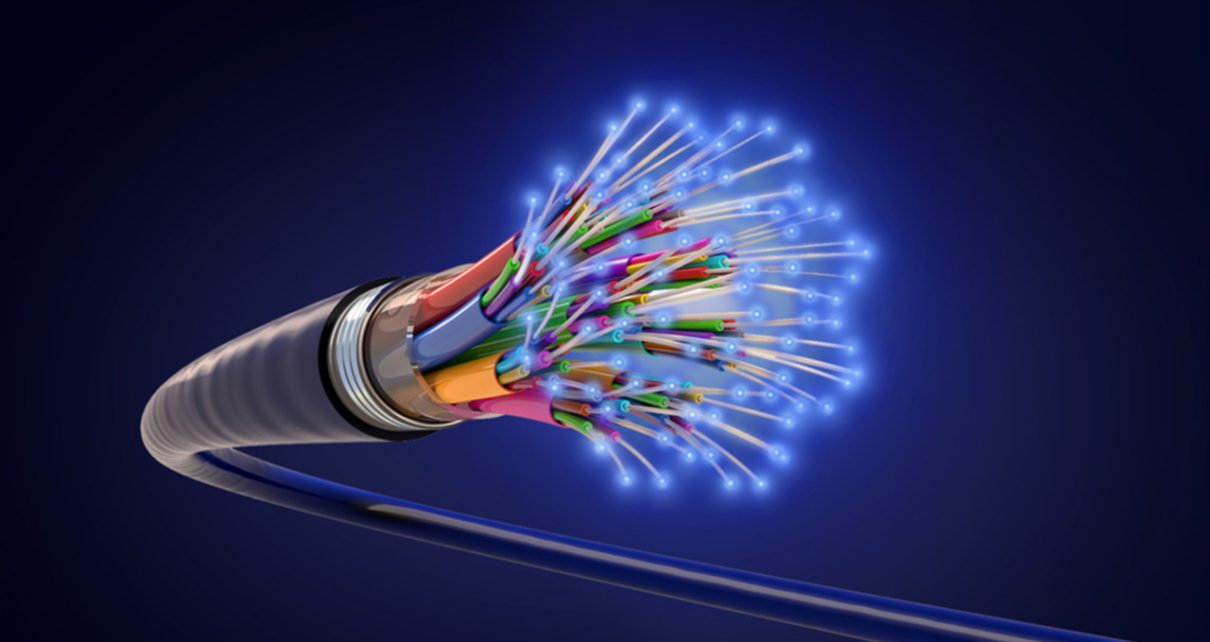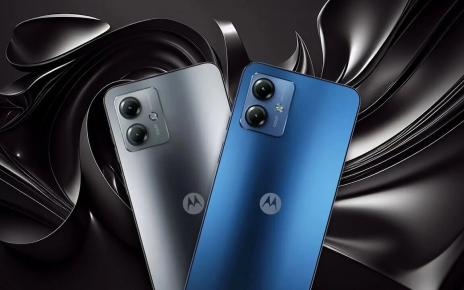Are you tired of buffering videos and slow downloads? If so, you might want to take a closer look at your internet connection. Fiber internet could be the game-changer you’ve been searching for. With its promise of lightning-fast speeds and reliable connectivity, it’s no wonder many households are making the switch. But what exactly is fiber internet? How does it work? And most importantly, are you really utilizing this cutting-edge technology in your home? Let’s dive into everything you need to know about fiber internet and whether it’s the right fit for your digital lifestyle.
What is Fiber Internet and How Does it Work?
Fiber internet is a type of broadband connection that uses fiber-optic cables to transmit data. Unlike traditional copper wires, these cables are made from thin strands of glass or plastic, allowing them to send information as light signals.
This technology offers impressive speed and bandwidth. Because light can travel faster than electrical signals, fiber internet can deliver download speeds exceeding 1 Gbps in many areas.
The infrastructure involves two main components: the central office and the optical network terminal (ONT) at your home. The central office sends out the light signals through fiber cables directly to your ONT. Once it reaches there, the signal converts back into electronic data for your devices.
Fiber connections are less prone to interference compared to older technologies like DSL or cable. This results in a more stable and consistent internet experience for streaming, gaming, and working online.
The Advantages of Fiber Internet
Fiber internet offers lightning-fast speeds that can reach up to one gigabit per second. This means downloading movies, streaming videos, and gaming online become hassle-free experiences.
Reliability is another key advantage. Fiber connections are less prone to interference from weather or physical obstructions compared to traditional cable or DSL connections. You can enjoy a stable connection even during peak usage times.
Moreover, fiber internet supports multiple devices without sacrificing speed. Whether you’re working from home, attending video calls, or the kids are streaming their favorite shows simultaneously, fiber handles it all effortlessly.
Security also plays a vital role. Fiber’s technology makes it inherently more secure than other types of internet connections because it’s harder to tap into the lines physically.
Fiber networks have lower latency rates which contribute to faster response times in applications like online gaming and video conferencing—making every interaction smoother and quicker.
How to Check if You Are Using Fiber Internet
Checking if you’re using fiber internet is quite straightforward. Start by looking at your internet service provider’s website or your subscription details. They usually specify the type of connection offered.
Next, conduct a speed test to evaluate your current download and upload speeds. Fiber connections typically offer much higher speeds compared to cable or DSL options.
You can also inspect the cables in use. Fiber optic cables are often thinner than traditional copper wires and may have a shiny appearance due to their glass core.
Additionally, some routers display connection types in their settings menu. Access your router’s interface through a web browser; you might find specific information about whether you’re connected via fiber optics.
If all else fails, consider calling customer support for clarification on your internet plan and its specifications.
Common Misconceptions About Fiber Internet
Many people believe that fiber internet is only for tech enthusiasts or businesses. This isn’t true. Fiber has become more accessible, catering to everyday users seeking better connectivity.
Another misconception is that fiber internet is too expensive. While it may have a higher initial cost than DSL or cable, the long-term benefits often outweigh these expenses, especially considering the faster speeds and reliability.
Some think fiber cannot compete with other technologies in rural areas. In reality, many rural providers are expanding their fiber networks to meet demand.
Additionally, there’s a belief that all ISPs provide similar speeds and services with their fiber offerings. This varies greatly depending on the provider and plan chosen.
Some assume installation is complicated and time-consuming. Most companies offer straightforward setups designed for quick activation without hassle.
Upgrading to Fiber Internet: Is it Worth It?
Upgrading to fiber internet can feel like a big decision. The promise of lightning-fast speeds is certainly enticing. But does it truly deliver?
One major benefit is speed. Fiber optics can provide download and upload speeds that far surpass traditional cable or DSL connections. This means smoother streaming, quicker downloads, and an overall better online experience.
Reliability is another key aspect to consider. Fiber networks are less susceptible to weather disruptions compared to their copper counterparts. If you’re tired of buffering during your favorite shows or lagging in online games, fiber might be the answer.
However, availability plays a crucial role in this upgrade decision. Not everyone has access to fiber yet, depending on location and infrastructure development.
Cost also matters. While prices have become more competitive, you should weigh the benefits against your budget before making a leap into fiber technology.
Alternatives to Fiber Internet
If fiber internet isn’t available in your area or it’s not the right fit, there are several alternatives to consider.
Cable internet is a popular choice. It uses coaxial cables and can provide fast speeds, especially for streaming and gaming. However, speeds may vary during peak usage times.
DSL (Digital Subscriber Line) offers another option. It’s delivered via telephone lines and tends to be slower than fiber but is widely accessible in many regions.
Satellite internet could work for those in remote locations. While it covers large areas, latency can be an issue due to signal travel time.
Wireless options like 4G LTE or 5G networks are growing rapidly. They offer flexibility with mobile access but might not always match the stability of wired connections.
Assessing these alternatives will help you find the best solution for your needs without relying solely on fiber internet.
Conclusion
Fiber internet is a game changer for both personal and professional use. Its speed and reliability set it apart from traditional broadband options, making it an attractive choice for anyone looking to enhance their online experience. Checking if you’re using fiber is simple, yet many still hold misconceptions about its availability or performance.
If you’re considering an upgrade, the advantages of fiber internet can be significant, especially in today’s digital age where connectivity matters more than ever. Alternatives exist but may not offer the same benefits that fiber does.
Understanding your current internet setup and exploring the possibilities with fiber can lead to better streaming experiences, faster downloads, and improved productivity. Embracing this technology could be one of the best decisions you make for your online activities.



